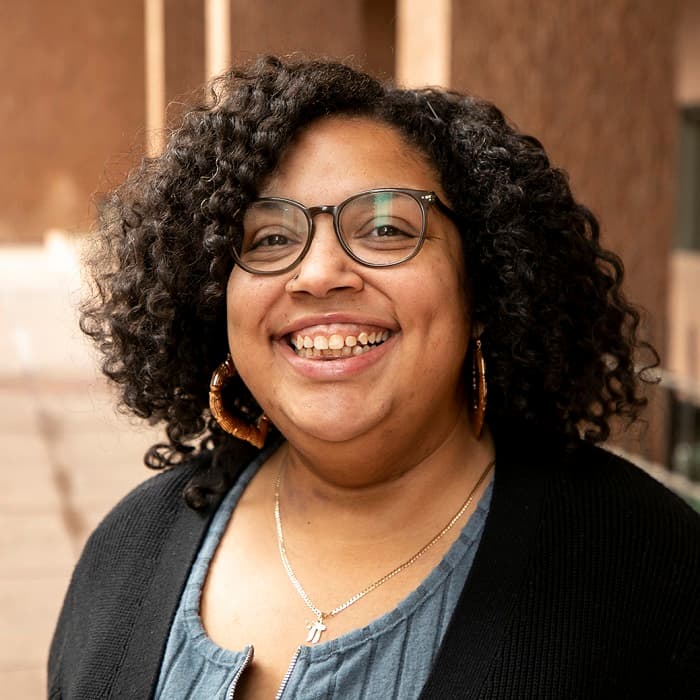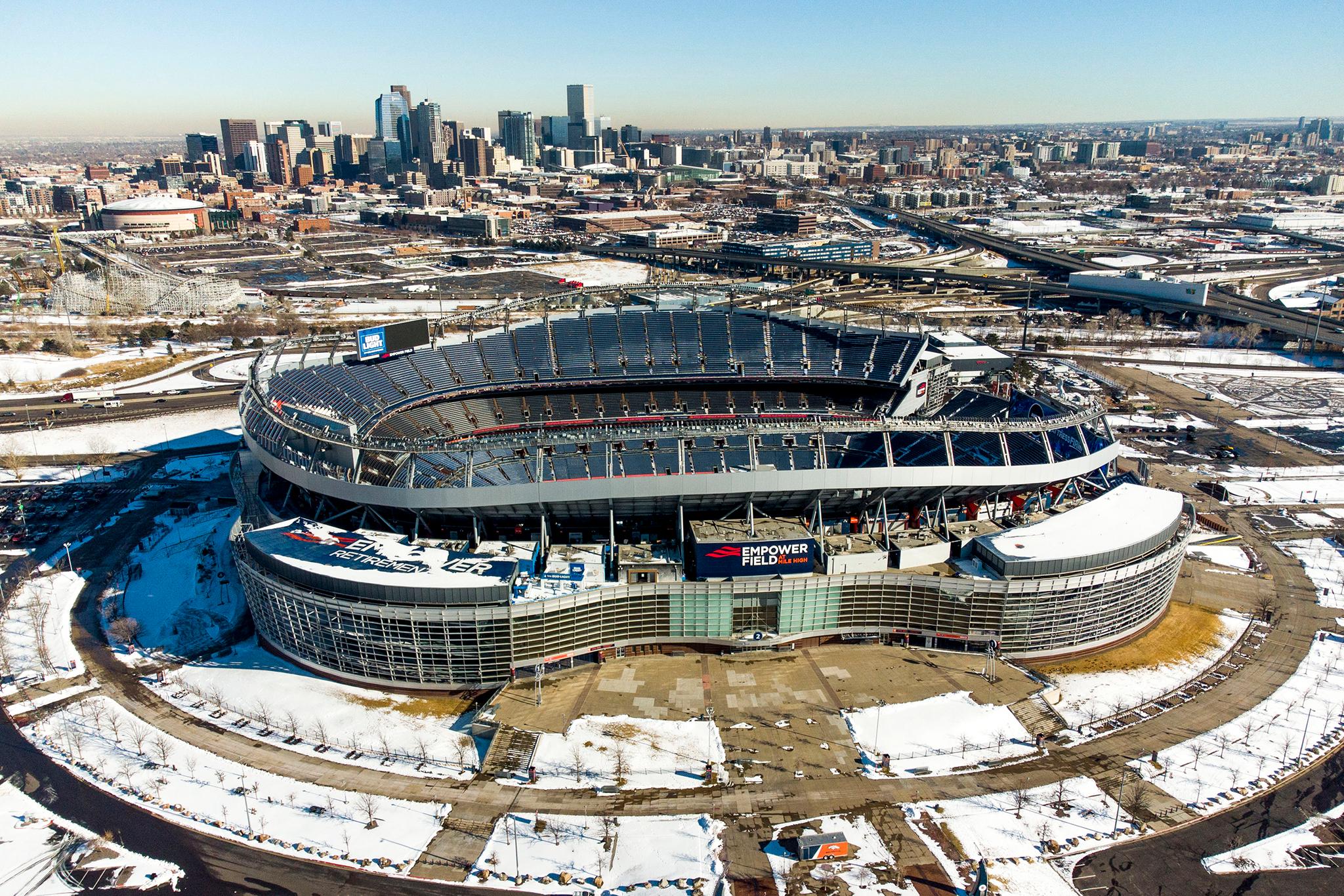The Broncos are coming together. The search for a coach is done, and the search for a quarterback is newly completed with the addition of nine-time Pro Bowl quarterback Russell Wilson.
The squad is presently searching for its new owner, and that search has fans and spectators asking: Will the new owner want a new stadium?

The question (with an unclear answer) would most immediately impact Sun Valley, where Empower Field resides.
According to a 2016 Clark University, Worcester research paper, stadiums are often built in "low-income majority-minority areas," and after construction is complete "the community that previously boasted multiple locally owned businesses, an affordable family housing stock, and a high low-income minority population is replaced with upper-middle class, single, young white professionals."
Bordered by Interstate 25, Federal Boulevard, 6th Avenue and 20th Avenue, the majority of Sun Valley's residents live in subsidized public housing run by the Denver Housing Authority.
So would a team move hurt the neighborhood? Would stadium renovations?
Would a new owner even want a new stadium, either in Sun Valley or elsewhere?
It's unlikely. Stadiums are expensive. The newest full-time NFL stadiums opened in 2020: SoFi Stadium in Inglewood, California, and Allegiant Stadium in Las Vegas. Both top the list of most expensive stadiums in the world.
Los Angeles Rams' owner (and Denver's Nuggets and Avalanche owner) Stan Kroenke privately financed SoFi, which cost around $5.5 billion. Allegiant, home to the Las Vegas Raiders and the University of Nevada, Las Vegas football team, cost around $1.9 billion and was partially funded through municipal bonds.
As a vote in last November's municipal election that rejected a proposed new, taxpayer funded arena shows, Denverites have already proven that they're uninterested in paying for a new stadium. So unless the new owner intends to foot the bill like Kroenke, a new stadium isn't necessarily on the horizon.
But besides money being a probable issue, where would a new stadium go?
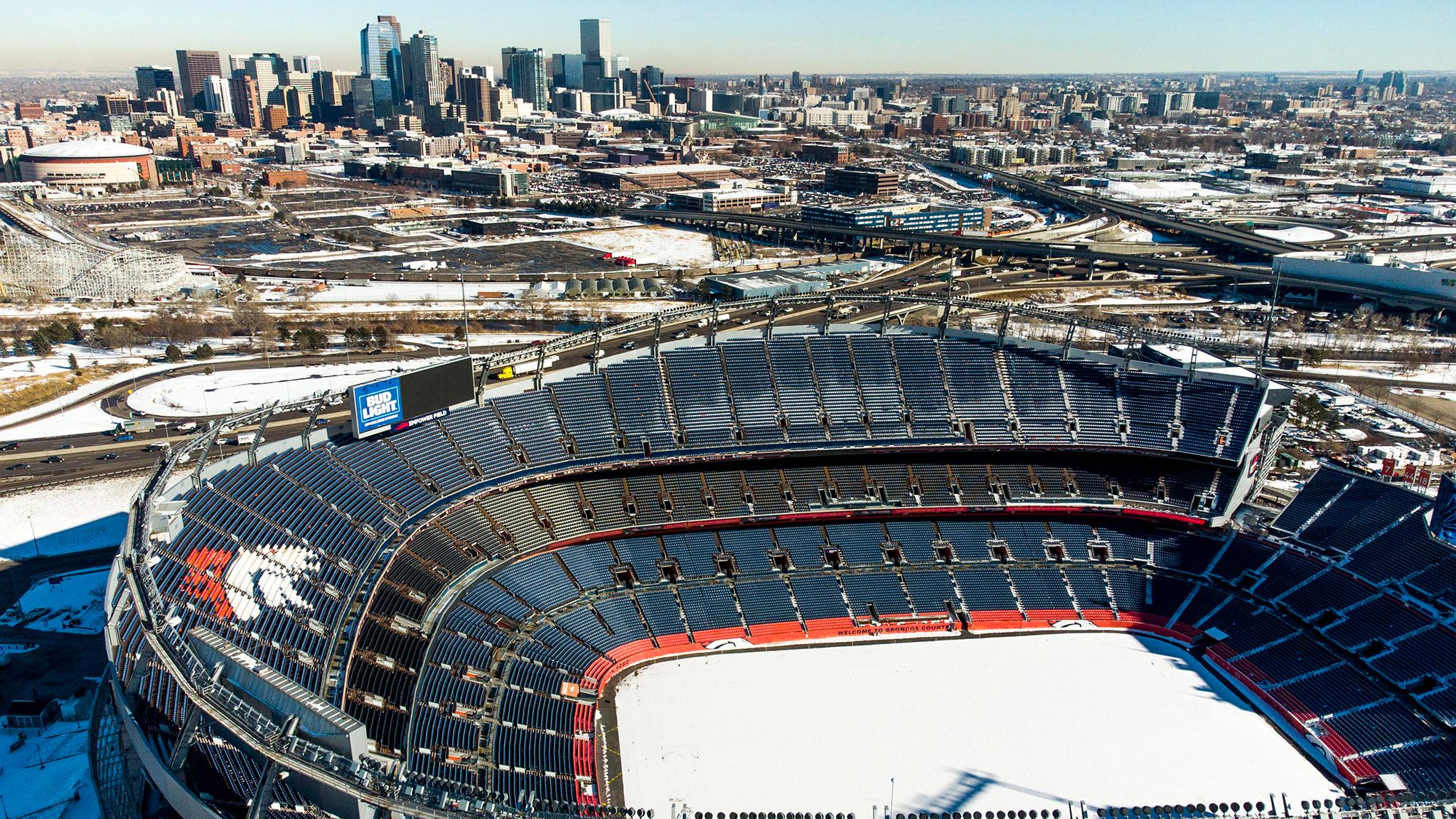
According to Jeremy Németh, a professor of urban and regional planning at the University of Colorado Denver, "large scale investments," such as entertainment venues and stadiums, require tons of land, something Denver does not have. Németh said developers could work with the city to acquire land via eminent domain, but Denverites have seen how that type of forceful land acquisition can harm a neighborhood.
From an urban planning standpoint, Empower Field is already in an ideal place.
"Planners want stadiums located near downtowns and other entertainment districts," Németh said. "No one wants to drive 45 minutes to a suburban stadium, park your car in a sea of private car storage, and then have to drive back afterward. This also is damaging to the planet, creates lots of traffic...Look at Denver: All four major sports play downtown, and that's really unique."
Dave Keefe, owner of The Original Brooklyn's, a tavern on West Colfax near the stadium, said Empower Field is right where it should be.
"[The stadium] is close to downtown, near two light rail stops, and Meow Wolf has been a great addition to the area," Keefe said.
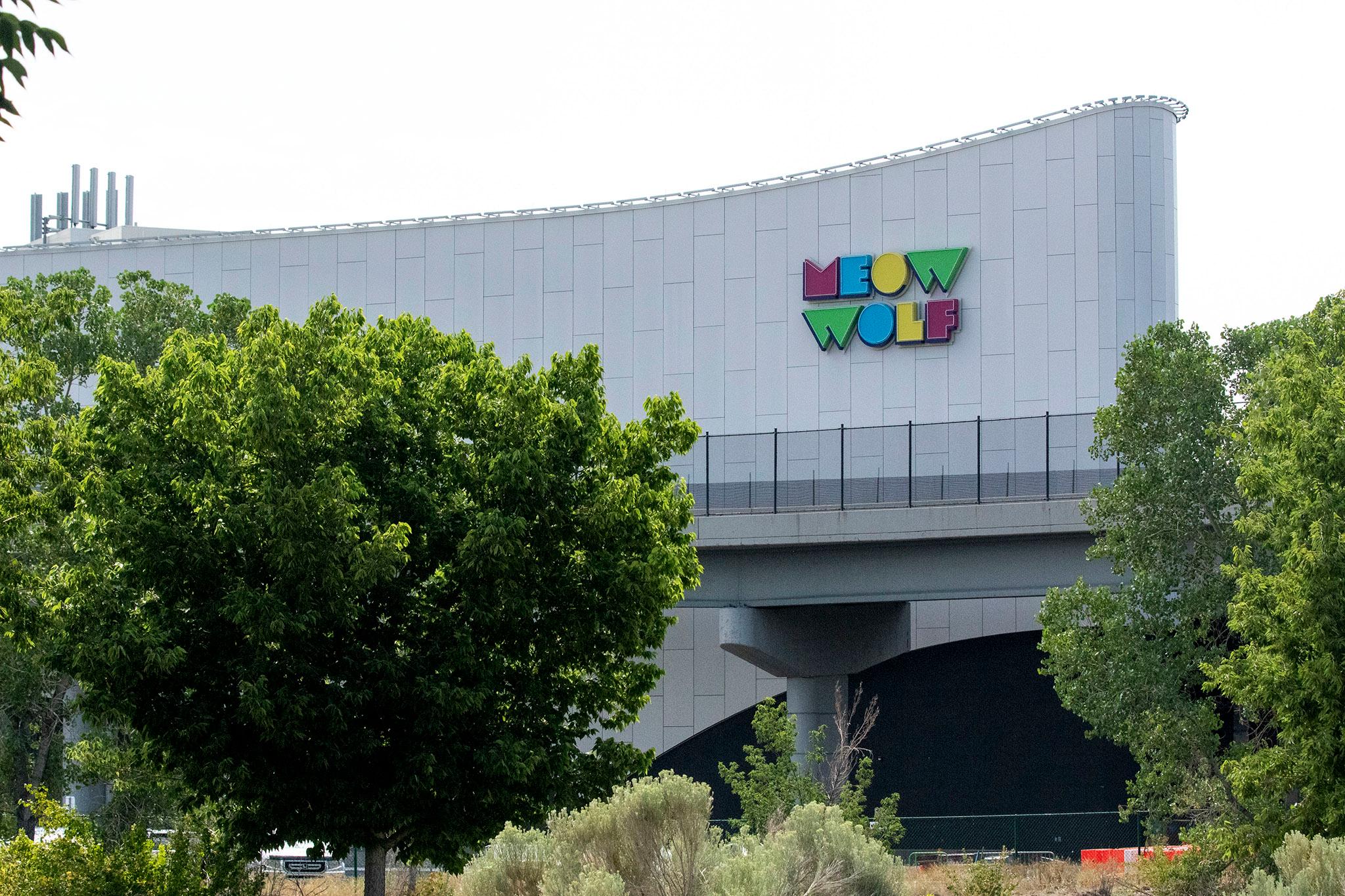
Keefe said that he could see the new owners wanting a new stadium in 1o or 15 years and that it should remain in the area.
The current stadium opened in 2001, replacing Mile High Stadium, which was built in 1948. The former stadium's land is now a parking lot for Empower.
"It would be advantageous to stay and utilize the surrounding land," Keefe said. "I believe the Broncos had plans to develop around the stadium, and hopefully they continue those plans because it'd be great for the neighborhood."
Keefe's talking about the Stadium District Master Plan, which City Council passed in 2019. The plan aimed to energize the area year-round by redeveloping the south parking lot of Empower Field into a 70-acre, mixed-use neighborhood hub with housing, dining, entertainment and, of course, green space.
The plan was also created to fund repairs and maintenance to Empower Field.
"Looking at stadiums around the country, there's been more development around stadiums rather than having miles and miles of parking lots," said Jeanne Granville, the president of the Sun Valley Community Coalition. "The plan was initiated by the Broncos and the [Metropolitan Football Stadium District] to try and identify a way to generate a source of income to maintain the stadium...rather than looking at bonds. Assuming the new owners want to stay in that stadium and don't want to write a big check for the maintenance, then it makes sense to have better use of land."
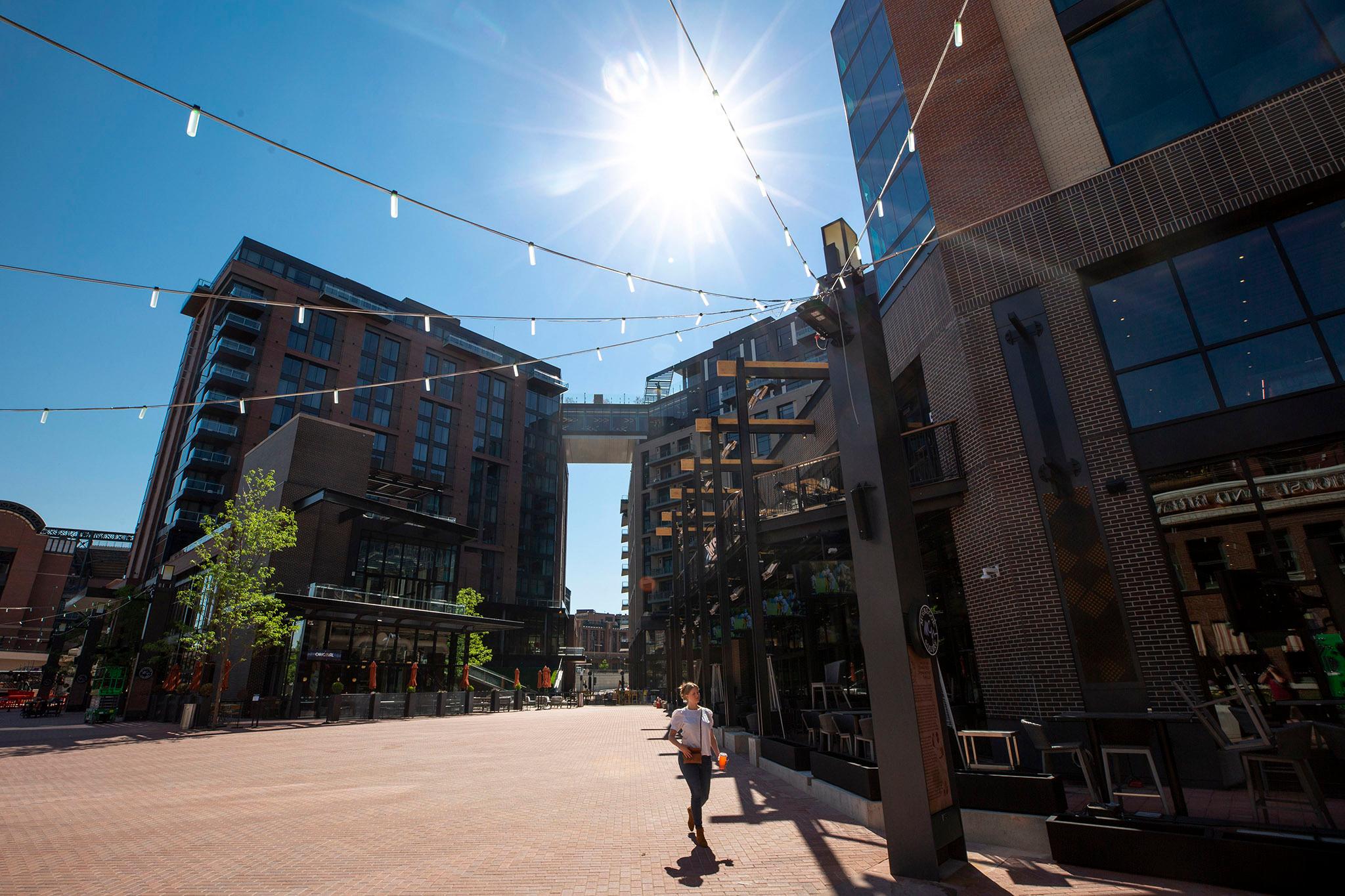
That's exactly what Rockies co-owner, CEO and chairman Dick Monfort did. Like Empower Field, Coors Field sits on property owned by a stadium district. Also like Empower Field, Coors is over 20 years old.
Instead of moving the team or building a new stadium, Monfort and a group of investors developed McGregor Square on a former parking lot near Coors Field.
"If the (stadium) district didn't have money for capital improvements, the Rockies would have had to pay. That cuts into our ability to sign a Nolan (Arenado) or a Trevor (Story)," Monfort said in an interview with the Denver Gazette. "The development is beneficial for the future of the Rockies...We decided we could sell - or as it ends up - lease [land] to a developer and put that cash flow into the stadium."
It's unclear whether that plan is working. The Rockies organization didn't immediately respond to interview requests. But the entertainment district, which opened last year, has become a destination for tourists and Denverites. The space includes a Tattered Cover book store, the baseball-themed Rally Hotel and a giant LED screen in the plaza that broadcasts Rockies games.
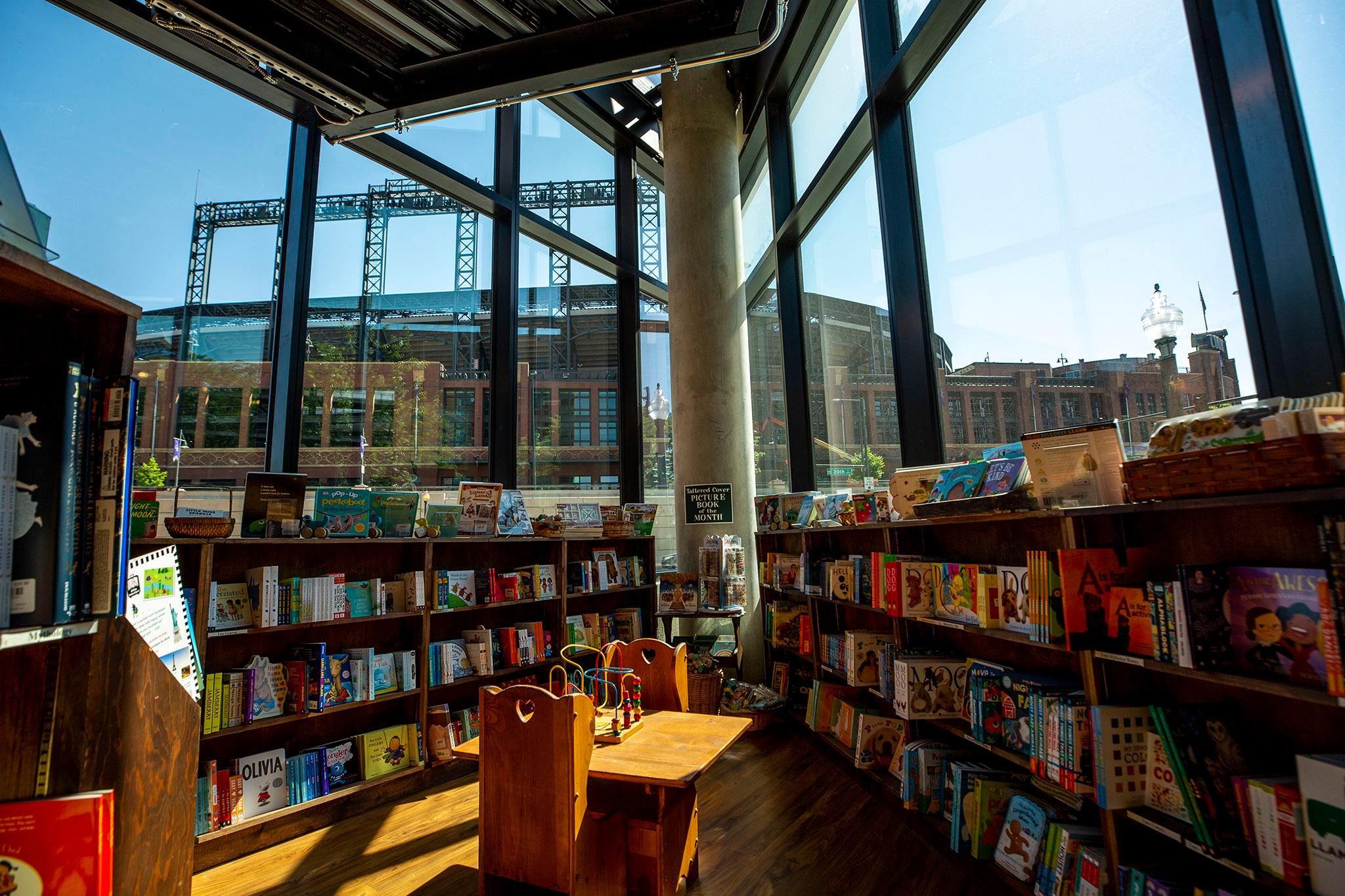
Now, back to the Sun Valley questions.
What would happen to the neighborhood if a new owner wanted to create a bigger arena nearby? What would happen if they decided to go forward with the Stadium District Master Plan and redevelop in a manner similar to McGregor Square?
Németh said unless "significant protections were put in place," the plan does run the risk of displacing residents.
"What's important to know is that even if folks aren't involuntarily displaced in a literal sense, the effects of gentrification can uproot long-term residents in a mental, emotional and cultural way," Németh said.
Granville added that those protections were included in community discussions about the Master Plan. Granville said residents wanted the opportunity to be part of the new "everyday neighborhood" and utilize the amenities that would come with the Master Plan.
"One of the things with a 'plan' is it is not prescriptive, so developers can pick and choose how that plan gets developed," Granville said. "So the Westside Stadium Community Coalition was formed to really make sure that those benefits that were identified in the plan were in fact implemented. We did have an element of affordable housing. We would have local jobs for westside residents. And we had a plan for some of our small businesses...We worked a lot to make sure that it tied in to the existing neighborhood...in terms of connectivity, accessibility and affordability."

Granville said the community welcomed the plan, and even though it was put on hold because of the pandemic, she hopes it moves forward when a new owner is found.
Denver City Councilmember Jamie Torres, whose district includes Sun Valley is a fan of the plan -- as long as Sun Valley can remain Sun Valley. Torres pointed to the other neighborhoods that Empower Field -- Jefferson Park and parts of West Colfax -- that have already been gentrified without the development of an entertainment district.
And consider the city of Inglewood, where SoFi was built. According to Sports Illustrated, the average price for a one-bedroom apartment in Inglewood in January 2016 was $1,100. As of January 2022, it had spiked to $1,750. Construction of SoFi began in 2016, and that's also when Inglewood's version of McGregor Square, Hollywood Park, opened.
Like Sun Valley, Inglewood is a low-income neighborhood filled mostly with renters who were already facing displacement when the new stadium came around.
Torres said Sun Valley's saving grace may be the fact that most residents live in DHA subsidized housing. DHA is currently redeveloping Sun Valley, replacing older units (those old red brick buildings) and adding over 950 homes to house more than 2,500 residents. It's also constructing mixed-income housing in an effort to add economic diversity to the neighborhood.
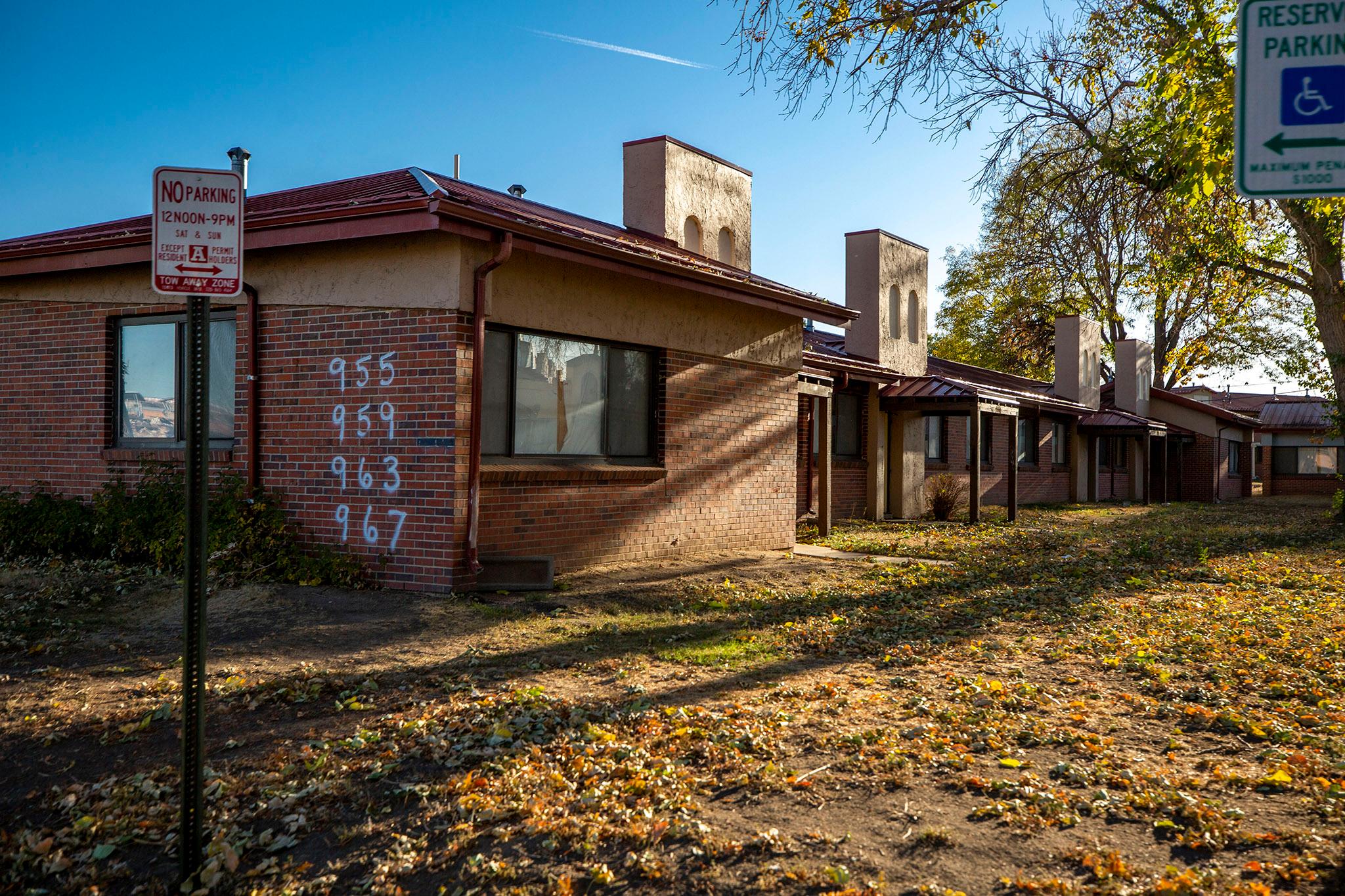
"The powerful thing about Sun Valley is that... a lot of the housing is very regulated," Torres said. "It's regulated and maintained at an affordable level. If this was an organic neighborhood of single-family homes, we'd be in a different situation."
"We don't want to be the poorest neighborhood in Denver anymore," Granville said. "We want economic diversity so we can afford to have jobs in the neighborhood and amenities. But we also want to make sure that they are affordable and that everyone can participate in the economy that's being created."
